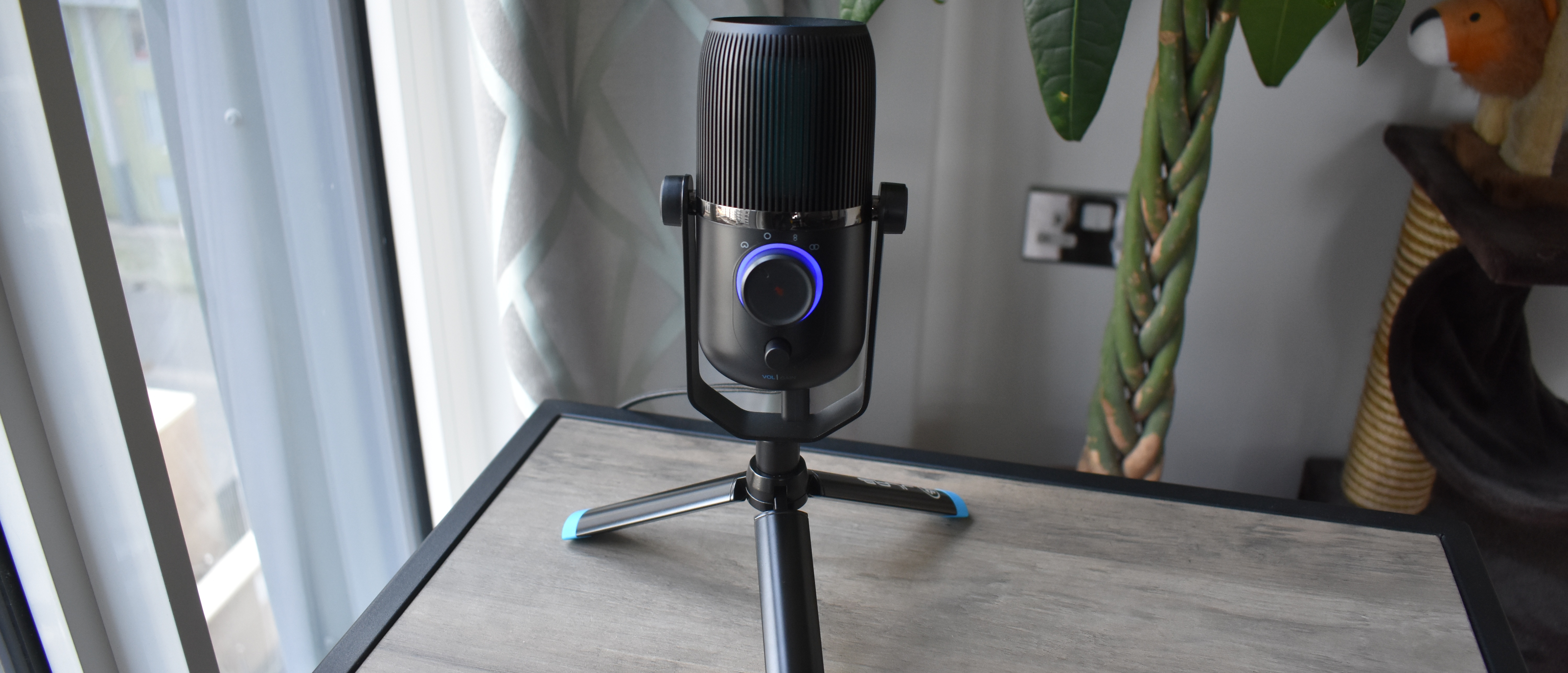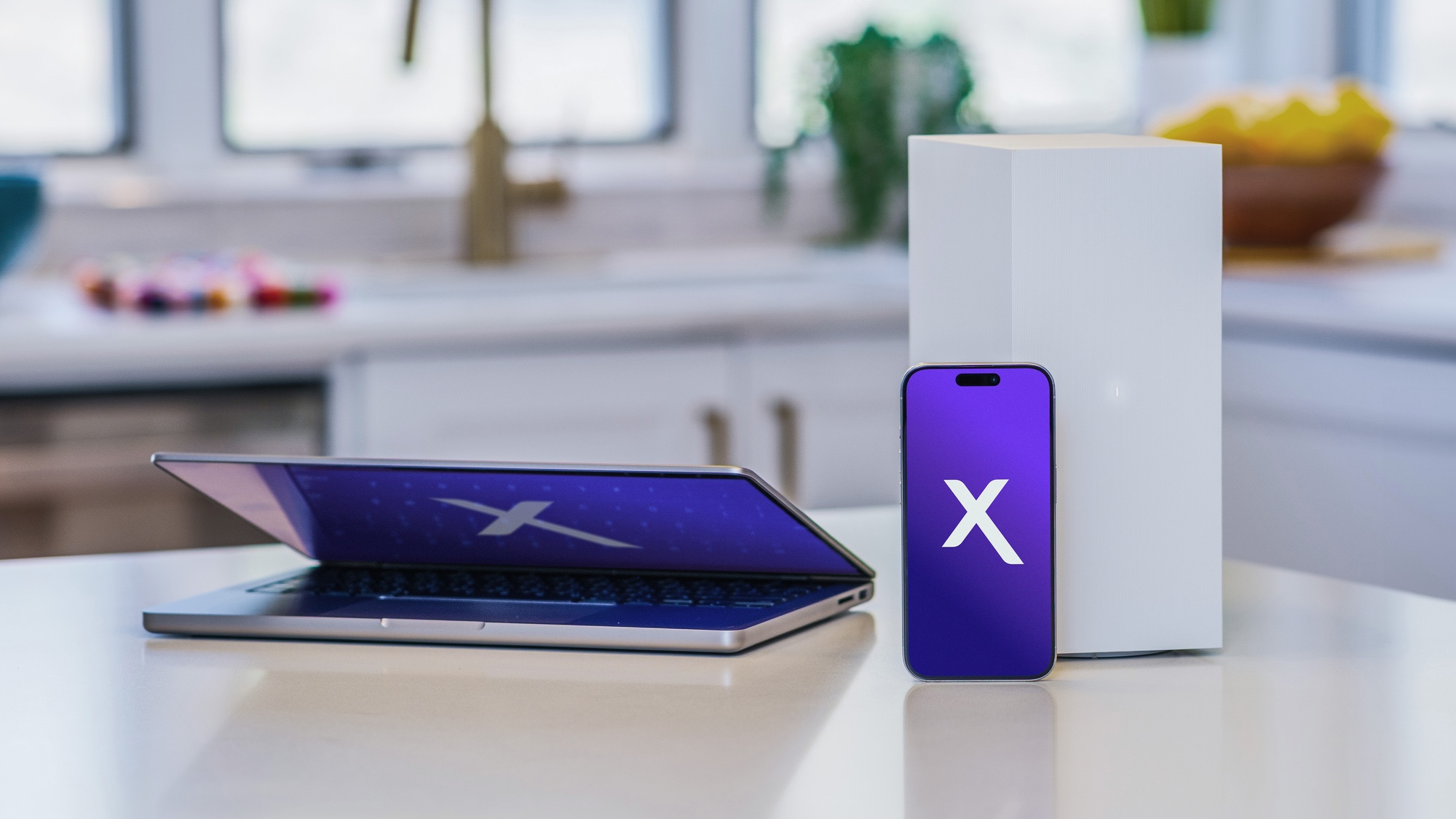Tom's Guide Verdict
The JLab Talk USB microphone gives the Blue Yeti range some much-needed competition. It's affordable, sounds great and is easy to use for gaming or streaming.
Pros
- +
Good recording quality
- +
Well-priced
- +
Multiple directional patterns
- +
Very user-friendly
Cons
- -
Can pick up background noise
- -
Not every directional mode is useful
Why you can trust Tom's Guide
The USB microphone market is unlikely new ground for headphones specialist JLab, but if the JLab Talk is any indication, it's ground worth treading. The Talk is the middle-ranking unit in an all-new range of gaming, streaming and podcast-recording mics, promising plug-and-play simplicity for first-timers and high audio quality for regular recording.
Connection: USB
Ports: USB-C, 3.5mm aux out
Condensers: 3
Directional patterns: Cardioid, omnidirectional, bidirectional, stereo
Size: 9.9 x 7.6 x 7.6 inches (with tripod extended)
Weight: 14.6 ounces
It's a bold move on JLabs's part because, as our best microphones rankings will attest, the last word in home audio recording has long been Blue — the Blue Yeti series in particular. Challenging such entrenched success is no small feat but, as you'll see in our full JLab Talk review, it's doable at the right price.
- More of the best USB microphones
- Upgrade your desk with the best computer speakers
JLab Talk review: Price and availability
One of the most appealing qualities about the JLab Talk is its price. With an MSRP of $99, it's cheaper than the flagship Blue Yeti microphone, which is $130, and is on equal terms with the shrunk-down Blue Yeti Nano. It's even cheaper compared to the $199 EPOS B20, another desktop USB microphone.
You can actually get the Talk for even less if you buy from Walmart, which currently has it for $80. This is a launch sale, though, so it won't stay that price forever. You can also get it directly from JLab.
JLab Talk review: Design

The JLab Talk is designed so anyone can use it. Connect the USB cable to the USB-C port on the mic's underside, plug in the other end to your PC or laptop, and it's up and running in seconds. No lengthy driver installation or proprietary software is required, and unlike the similarly-priced Rode PodMic, you don't need an XLR input or signal adapter.
That simplicity extends to how you control the JLab Talk. The chunky main dial on the front snaps firmly between the four directional pattern modes — cardioid, omnidirectional, bidirectional and stereo — and can be pressed inwards to instantly mute.
A smaller secondary dial sits underneath. This controls both the microphone gain and, should you have headphones connected to the onboard 3.5mm jack, the output volume. Pressing the dial switches between the two, with the levels represented by a light-up ring around the main dial.
It's all pleasantly straightforward, and both dials have a robust, well-crafted quality that the Blue Yeti Nano's own dial lacks.
That said, the Nano has a more premium metal finish as opposed to the Talk's largely plastic build. Luckily, the stand is made from tougher stuff, so the Talk avoids wobbling and other signs of subpar build quality.

Speaking of the stand, I also prefer the Talk's screw-on tripod to the Nano's fixed base. It adds the possibility of height adjustment — just unfold the legs partially instead of all the way — and once collapsed and removed, it makes the whole package more portable and easier to store. The Nano's stand is nicely weighted but I always feel it keeps the microphone too low down for me to use comfortably, unless I were to move to a comically tall desk.
Both mics share a 3.5mm aux output, which lets you hear your mic input when using headphones. This is a very useful feature if you're recording solo, although on the Talk there's not much clearance between the bottom of the microphone and the stand. This can leave the 3.5mm cable bumping up against the stand, making it difficult or impossible to fully pivot the microphone.
Still, this is the Talk's only noteworthy design fault. The microphone is accessible, sturdy despite the plastic, and wisely avoids the ostentatious "gamer" aesthetics of USB mics like the HyperX QuadCast S. I like how the ports are on the underside too, as so cables don't stick out the back like they do on the Elgato Wave: 3.
JLab Talk review: Sound quality
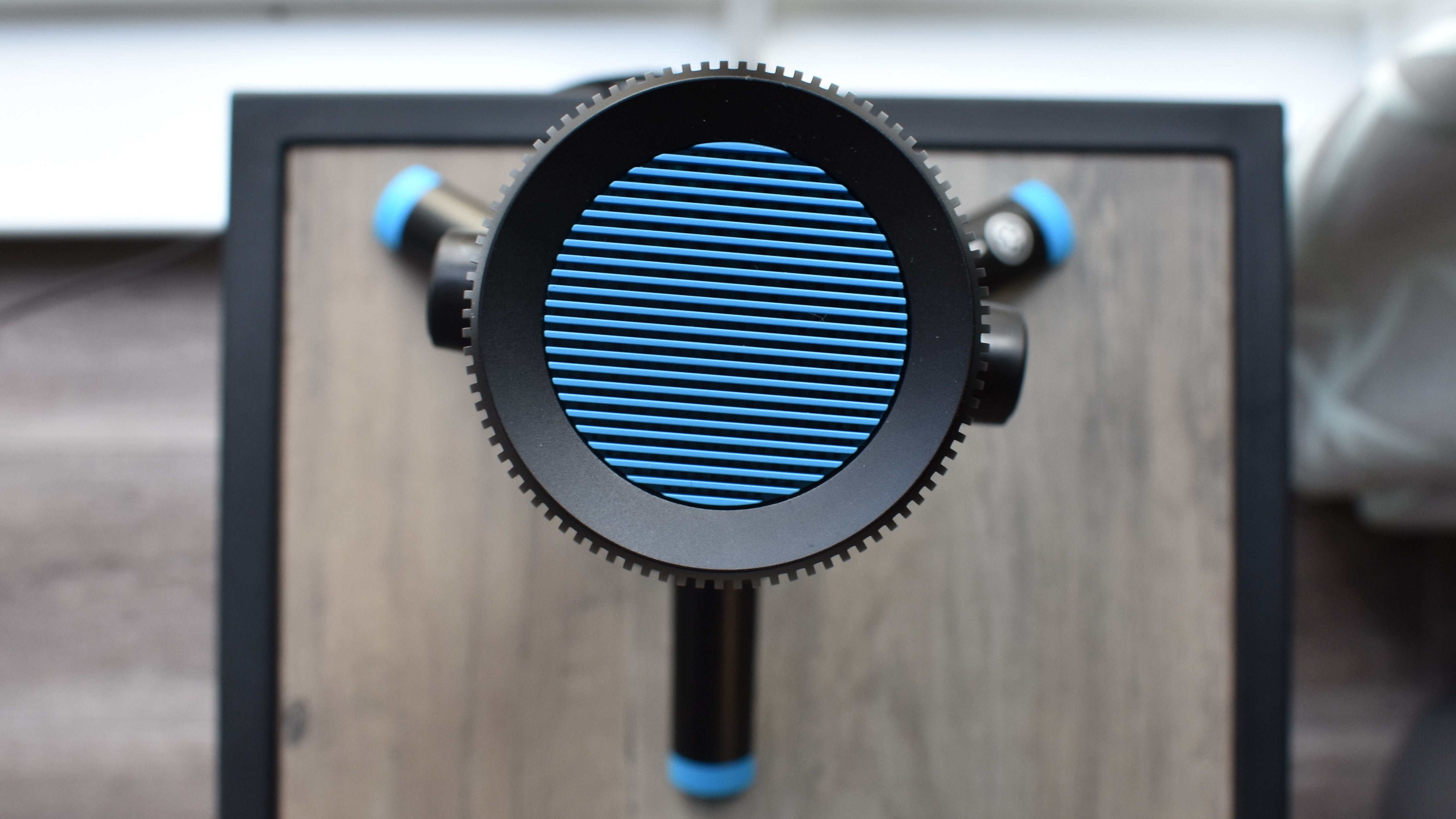
Paying less for a USB microphone puts you at risk of bad recording quality, which would defeat the point of owning a dedicated mic in the first place. Not so with the JLab Talk: With the right pattern and gain settings it can sound very good indeed, and not just for its price.
Let's take a look at each of the four recording modes. First up is cardioid, which is ideal for recording a single person speaking as it mainly records sound from directly in front of the mic. I came through loud and clear using this pattern, and the Talk was a little better than the Blue Yeti Nano at capturing the bass in my voice. There was no off-putting reverb or echoing whatsoever, which in my wood-floored apartment is quite the achievement.
Next is the omnidirectional pattern, which is a 360-degree recording mode intended for group podcasts. Instantly there's a drop in warmth and a rise in reverb, though this is to be expected when capturing speech from further away.
The 3-condenser array actually does pretty well for the tougher conditions, staying tonally consistent when recording from any angle. I could move up to 60 inches away before, to my ears, I sounded "too" far away. If you want to start a group podcast and can't afford mics for everyone, the Talk isn't a bad starter option at all.
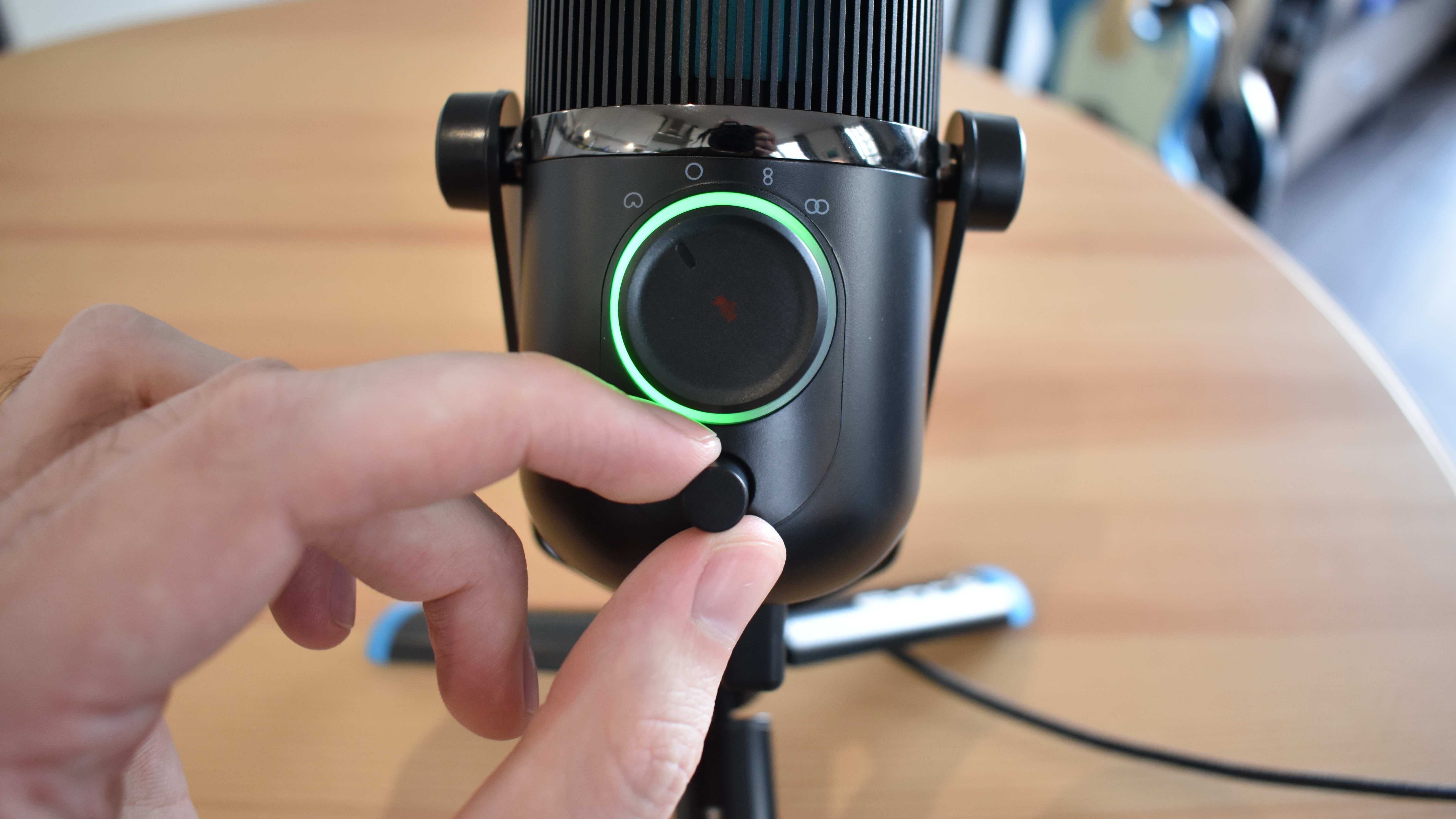
There's also a bidirectional mode, which records only directly in front of and behind the Talk. This mode is clearly meant for recording face-to-face conversations between two people, though I'd sooner recommend the omnidirectional pattern for this.
Weirdly, whoever's to the rear of the microphone sounds flatter and almost hollow compared to whoever's in front. This is hard to explain as the omnidirectional mode shows the Talk can handle consistent recording in more than one direction, though at least this also means you have a suitable backup option for podcasts.
The fourth and final pattern is stereo, which records sound in the left and right audio channels. This could be extremely useful if you're a bedroom musician wanting recording hardware on the cheap, through fair warning: When recording instruments, I found I needed to be extremely precise with how much gain I was using. Too little and the recordings sound off; too much gain can introduce distortion.
In the end, I found stereo mode an interesting alternative to cardioid for solo voice recording, such as when gaming and streaming. There isn't quite so much low end as with the cardioid pattern, but there's just a touch more clarity and detail.
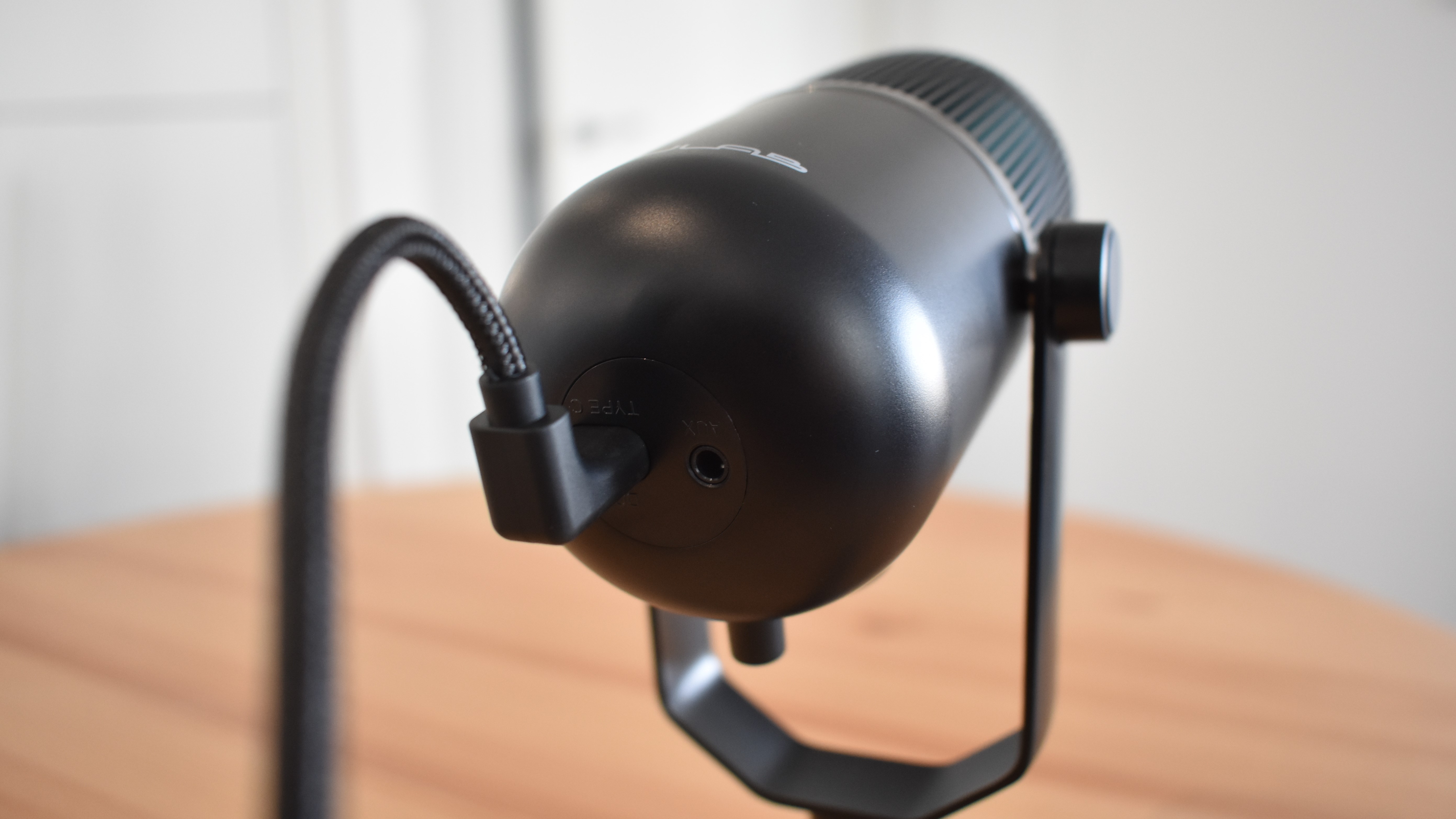
Overall, the JLab Talk's recording quality is more than worth the cash, especially when used close-up. It's not entirely immune to some common cheap condenser-mic weaknesses: It easily picked up the clacking of my mechanical keyboard, and on playing back some recordings, I noticed the faint sounds of the nearby train line. But I'd happily use it to record voiceovers for work, or in games with push-to-talk input.
The bigger question is how the JLab Talk compares to the Blue Yeti Nano. Their respective omnidirectional modes sound more or less identical, but I'd give the edge to the Talk in cardioid mode. It's just barely richer- and fuller-sounding, and since the Nano sounds highly similar to the flagship Blue Yeti, the JLab Talk can easily compete with the more expensive microphone on audio quality.
What's more, the Blue Yeti Nano doesn't even have bidirectional or stereo recording patterns, so the Talk is a more flexible microphone. True, bidirectional recording is a bit of a bust, but stereo recording is a considerable bonus for the very same $99.
JLab Talk review: Verdict
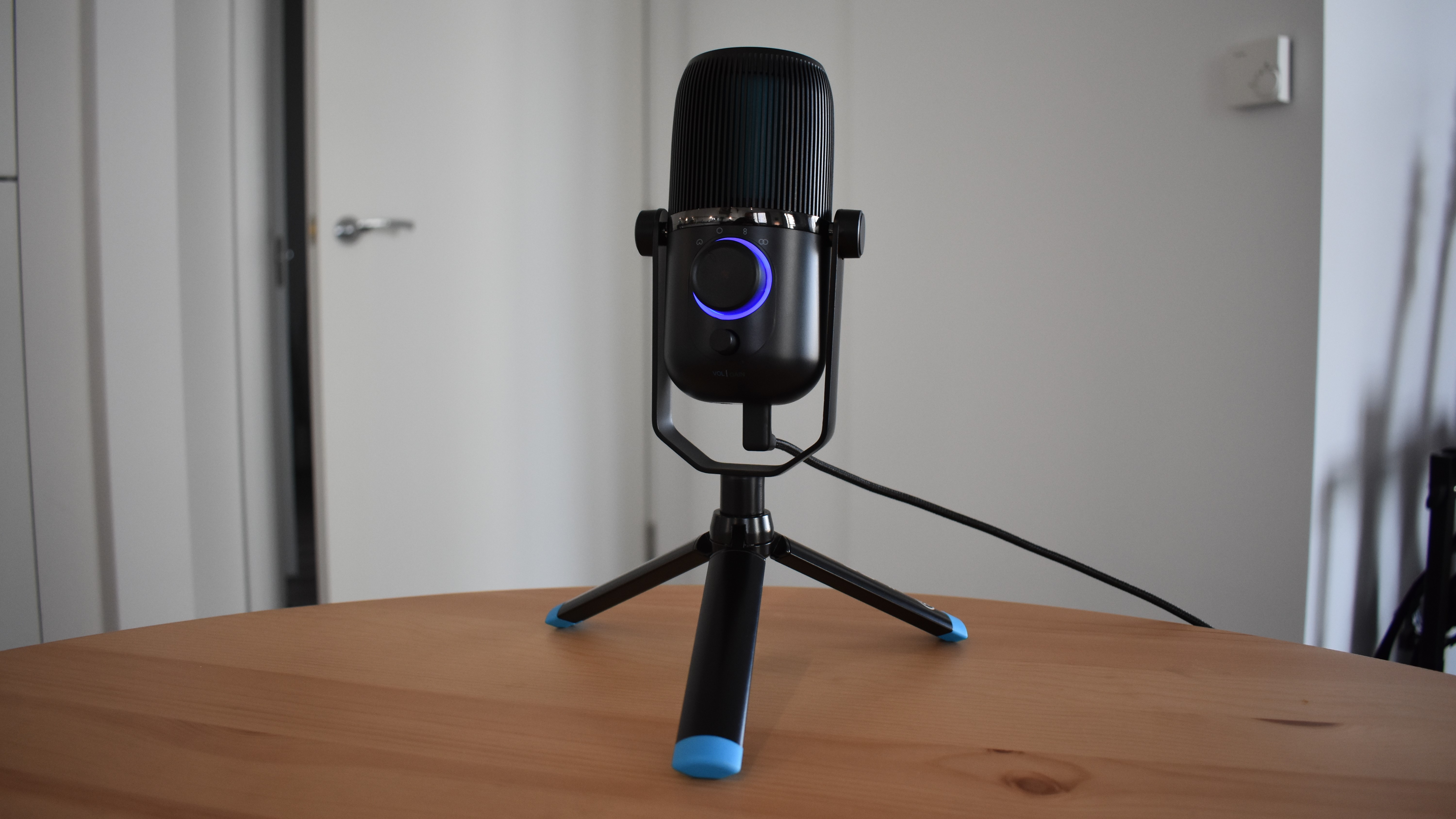
The JLab Talk is an impressively assured debut from a company with no experience in desktop USB microphones. While not an outright budget mic like the Blue Snowball or the Talk's own stablemate the JLab Talk Go, $99 is a great price for the standards of recording quality and usability on offer.
It's definitely worth picking up in place of the Blue Yeti Nano, and unless the standard Blue Yeti suddenly sheds $30, the Talk gracefully undercuts that as well. Aspiring streamers, podcasters or anyone wanting one of the best gaming microphones, take note.
James is currently Hardware Editor at Rock Paper Shotgun, but before that was Audio Editor at Tom’s Guide, where he covered headphones, speakers, soundbars and anything else that intentionally makes noise. A PC enthusiast, he also wrote computing and gaming news for TG, usually relating to how hard it is to find graphics card stock.
